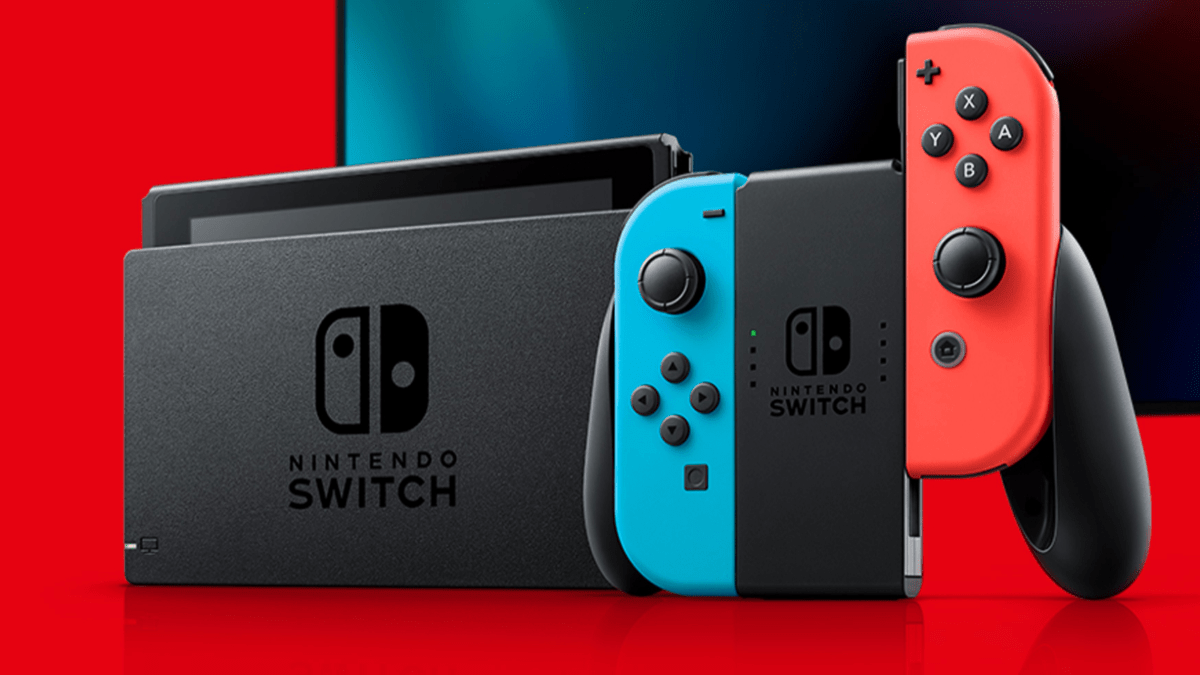
One of the best trends in gaming as of late is Japanese publishers finally embracing the PC marketplace. We’ve seen plenty of title, such as Dragon’s Dogma, get injected with new life via a port to computers, and their passionate fanbases have been appreciative toward the effort. After all, it’s always great to see games come to additional consoles as it allows even more people to experience what others have already enjoyed. Sadly, not every port is polished or worth checking out for a second time.
Unfortunately, XBlaze Code: Embryo falls into one of the worst trends in gaming: poorly done PC ports. Aksys Games’ visual novel manages to not only regress in moving to computers, but it also turns out to be a complete burden to play with a mouse and keyboard. Somehow, they’ve managed to make a visual novel, most of which only need the use of a mouse to play, a complex mess. Not only does using a mouse end up completely useless, but it just straight up doesn’t work with this PC game.
The baffling controls don’t stop there, as you can’t even view the keyboard controls in-game, as the control section only shows a picture of an Xbox 360 controller. It would have been useful if this was included here, as there’s no rhyme or reason as to where the controls are mapped.
The enter key advances text, the spacebar brings up the options menu, J brings up your phone where you can read emails from other characters, and other various controls are littered throughout the keyboard. Needless to say, these controls are not customizable, so you’re either using a gamepad or being forced to try to remember one of the worst control schemes in recent memory.

XBlaze Code: Embryo‘s PC woes don’t end there, though, as the game also offers up an embarrassing amount of resolution options. If your PC doesn’t run at 1920 x 1080, 1366 x 768, or 1280 x 720 then you’re out of luck. Yes, somehow XBlaze only supports three different resolutions. In contrast, Valve’s 1998 classic first-person shooter Half Life has 13 different resolutions.
While there are some rather unfortunate technical shortcomings on the PC version, gamers can be happy that XBlaze Code: Embryo at least plays fine on computers. Sure, a visual novel is hardly taxing, but they didn’t find a way to screw that up. Playing identical to the PlayStation 3 version isn’t a great thing, though, as the game’s terrible progression system is still in full effect.
There’s a decent story to be found in XBlaze, one that takes place in the same universe as the popular fighting franchise BlazBlue, but it’s also one that is consistently marred by the terrible TOi system. As mentioned before, you can check your phone, or TOi device, at any time during the game to read your email. Depending on what emails you read your story is significantly altered. In theory, it sounds like a pretty cool system that takes advantage of how we have so much information at our fingertips.

Theories are unproven until tested, though, and the TOi system flunks the test. Since reading one message you shouldn’t have can lead to an early demise, get ready to die a lot while you struggle to get through the game’s many alternate paths.
Unlike visual novels such as 999, where there’s an interesting reason to check out all the endings and dying is part of the fun, this becomes an exercise in frustration. There’s a good reason why the TOi system was removed from XBlaze Lost: Memories, and replaying Code: Embryo shows how much of a great decision that was.
Despite taking place in the BlazBlue universe, don’t expect to see Ragna the Bloodedge beating up baddies in XBlaze. The cast of characters is completely different and besides a few small references there isn’t much that makes it feel like a connected universe. This might get explained and explored further as the series progresses, but this won’t help you understand BlazBlue‘s convoluted story any better.
If you don’t own a PlayStation 3 or Vita, and for some reason need to play XBlaze Code: Embryo then this port will surely get the job done. That said, it’s by far the worst way to play the game, and the sub-par visual novel is only hampered by its transition to PC. The lack of resolutions is ridiculous, the cumbersome control scheme is baffling, and gamers would be better off waiting for its vastly better sequel, XBlaze Lost: Memories, to be ported over since it retells the same story. This is a terrible port of an already heavily flawed game, and because of that, it’s very difficult to recommend.
This review is based on the PC version, which we were provided with.








Published: Mar 7, 2016 08:17 pm